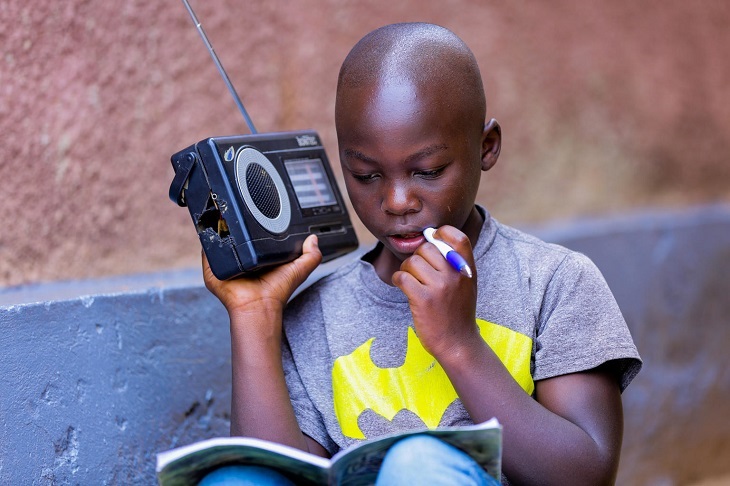
NEW YORK, GENEVA and TORONTO — Two-thirds of school-age children worldwide, or 1.3 billion children aged three to 17 years old, do not have Internet access in their homes, according to a new report from UNICEF and the International Telecommunication Union (ITU) released yesterday.
The report, How Many Children and Youth Have Internet Access at Home?, reveals a similar lack of home Internet among young people aged 15 to 24 years old, with 759 million or 63% unconnected at home.
“The Covid-19 pandemic is a double shock that is exacerbating the learning crisis with the risk to leave the most marginalized children even further behind. That so many children and young people have no internet at home is more than a digital gap — it is a digital canyon,” said David Morley, president and CEO of UNICEF Canada, in a press release issued by the Canadian UNICEF Committee. “As we look ahead toward a post-pandemic world, let’s seize this unique opportunity to bridge this digital canyon and tackle the learning crisis, prioritizing the most vulnerable children such as girls and refugee children.”
With almost a quarter of a billion students worldwide still affected by Covid-19 school closures, hundreds of millions of students are forced to rely on virtual learning, notes the press release. Without Internet access at home, education can be out of reach. The digital divide is perpetuating inequalities that already divide countries and communities, the report notes.
“Globally, among school-age children from richest households, 58% have internet connection at home, compared with only 16% from the poorest households. The same disparity exists across country income level as well. Less than 1 in 20 school-age children from low-income countries have internet connection at home, compared with nearly 9 in 10 from high-income countries,” reads the press release.
Geographic disparities within countries and across regions also exist. Globally, about 60% of school-age children in urban areas do not have Internet access at home, compared with around three-quarters of school-age children in rural households, says the release. School-age children in sub-Saharan Africa and South Asia are the most affected, with about nine in 10 children unconnected.
“Connecting rural populations remains a formidable challenge,” said ITU secretary-general Houlin Zhao, in the release. “As shown by ITU’s Measuring Digital Development: Facts and figures 2020, large parts of rural areas are not covered with a mobile-broadband network, and fewer rural households have access to the internet. The gap in the mobile broadband adoption and internet use between developed and developing countries is especially large, putting the almost 1.3 billion school-age children mostly from low-income countries and rural regions at risk of missing out on their education because they lack access to the internet at home.”
Last year, UNICEF and ITU launched Giga, a global initiative to connect every school and its surrounding community to the Internet. Working with governments, Giga has now mapped more than 800,000 schools in 30 countries (an initiative we first reported on here). With this connectivity data, Giga is working with governments, industry, public sector and private sector partners to create compelling investment cases for joint public-private funding to build the connectivity infrastructure needed to deploy digital learning solutions and other services, says the press release.
The Giga initiative is now collaborating under UNICEF’s Reimagine Education initiative and in coordination with Generation Unlimited. The Reimagine Education initiative aims to address the learning crisis and transform education by giving children and young people equal access to quality digital learning, with universal Internet connectivity being key to this achievement, says UNICEF.
Building on these efforts, ITU has launched the Generation Connect initiative to empower young people to engage and participate in the digital world.
“Although the numbers in the UNICEF-ITU report present an alarming picture, the situation is likely worse due to compounding factors, such as affordability, safety and low levels of digital skills. According to the latest ITU data, low digital skills remain a barrier to meaningful participation in a digital society, while mobile telephony and internet access remain too expensive for many in the developing world as the result of vast disparities in purchasing power,” reads the press release.
For more, please click here. The UNICEF-ITU report can be downloaded here.
(Picture supplied by Canadian UNICEF Committee: Igihozo Kevin, 11, listens to his lessons on the radio every day.)


